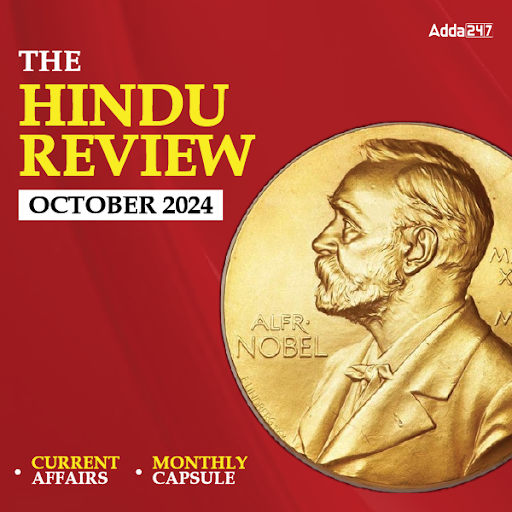Line graph shows the percentage distribution of total voters in 6 different cities and percentage distribution of female voters in these cities
Q1. The number of male voters in Jhansi is approximately what percent of the number of male voters in Aligarh?
(a) 81%
(b) 86%
(c) 68 %
(d) 77%
(e) 92 %
Q2. What is the respective ratio of the number of male voters in Mau to number of female voters in Rai Bareilly?
(a) 5 : 2
(b) 7 : 12
(c) 3 : 2
(d) 225 : 79
(e) 225 : 77
Q3. The number of female voters in Mau is approximately what percent less than the number of male voters in Mathura?
(a) 72%
(b) 76%
(c) 85 %
(d) 80%
(e) 82%
Q4. The number of female voters in Jhansi is approximately what percent of the total number of voters in Rai Bareilly?
(a) 15 %
(b) 27%
(c) 18 %
(d) 25%
(e) 22%
Q5. What is the approximate difference between the number of male voters in Kannauj and number of female voters in Mathura?
(a) 9755
(b) 9710
(c) 9866
(d) 9810
(e) 8990
Directions (6 – 10): Study the following graph carefully and answer the questions given below
Q6. What is the respective ratio of the total number of passengers travelling by Saptkranti to the total number of passengers travelling by Rajdhani during the Span of three months?
(a) 31 : 22
(b) 31 : 21
(c) 31 : 23
(d) 23 : 31
(e) 31 : 18
Q7. The number of passengers travelling by VikramShila in the month of February are approximately what percent of the passengers travelling by other trains in the same month?
(a) 18 %
(b) 20 %
(c) 22 %
(d) 25 %
(e) 15 %
Q8. Which of the following trains has the least number of passengers in the Span of three months?
(a) Vaishali
(b) Saptkranti
(c) Rajdhani
(d) Shatabdi
(e) Vikramshila
Q9. What is the sum of average number of passengers travelling in the month of January and average number of passengers travelling in the months of February by all the trains together?
(a) 80 thousand
(b) 92 thousand
(c) 78 thousand
(d) 42 thousand
(e) 84 thousand
Q10. What is the total no. of passengers travelling by various trains in the Span of three months?
(a) 585000
(b) 580000
(c) 590000
(d) 584000
(e) 548000
Directions (11-15): The line graph shows the percent mark-up in price on cost price of various brands sold by a retail outlet.
Q11. If cost prices of items of brands Koutons and Zara are in ratio 2 : 3 and discount offered on these brands is 10% and 20% respectively, then find the ratio of their selling prices.
(a) 69 : 100
(b) 23 : 100
(c) 71 : 100
(d) 41 : 100
(e) 21 : 50
Q12. The outlet makes a profit of Rs. 2500 on selling an item of Zara at the marked price. If the outlet wants to make the same profit after allowing a discount of 20%, then what percent above the original marked price should it mark its price?
(a) 20%
(b) 25%
(c) 15%
(d) 30%
(e) 40%
Q13. The outlet sold 5 items of outlaw and 6 items of Manyavar allowing a discount of 20% on both brands. The cost price of an item of outlaw is Rs. 6000 and that of Manyavar is 50/3% more than the price of outlaw. What is the overall profit made by the outlet?
(a) Rs. 140
(b) Rs. 890
(c) Rs. 480
(d) Rs. 980
(e) Rs. 540
Q14. The difference between the selling price and cost price of an item of Cantabil is Rs.1000. If the outlet offered a discount of 100/7% on Cantabil, then find the cost price of 5 items of the same brand?
(a) Rs. 22000
(b) Rs. 20000
(c) Rs. 15000
(d) Rs. 25000
(e) Rs. 30000
Q15. The cost price of 3 items of Jimmy Choo is equal to the cost of 4 items of Madame. What is profit percentage for the outlet on sale of 10 items of both brands when sold at marked price (Rounded off to two decimal points)?
(a) 15.71%
(b) 19.29%
(c) 18.24%
(d) 14.28%
(e) 21.78%





 Quantitative Aptitude Quiz For IDBI AM/E...
Quantitative Aptitude Quiz For IDBI AM/E...
 Quantitative Aptitude Quiz For IBPS RRB ...
Quantitative Aptitude Quiz For IBPS RRB ...




